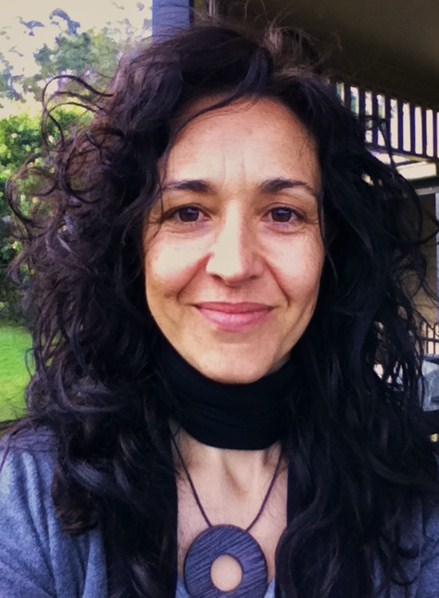Poultry CRC welcomes two new students, Mrs Marta Navarro Gomez and Mr Jim Shini, whose PhD studies will focus on food safety and fatty live haemorrhagic syndrome, respectively. Both projects are aimed at providing practical solutions to the poultry industry, which is a vital aspect of the Poultry CRC’s mandate. Marta and Jim are enrolled at the University of Queensland (UQ), which has recently joined as a participant in the Poultry CRC. “As UQ has one of the best poultry facilities in Australia, it is good to welcome the university back to the Poultry CRC” said the CRC’s Chief Executive Officer, Professor Mingan Choct.
Marta’s PhD project will investigate the use of natural plant extracts to reduce pre-slaughter levels of Campylobacter in the gastrointestinal tract of broiler chickens. Her research will look at mechanisms to understand and overcome the differences between in vitro assays and animal trials, where, in many instances, promising laboratory results do not translate into effective treatments. Central to the approach, Marta says, “will be the application of a new nano-emulsion delivery technology to enhance effective levels [of the extracts] in the intestinal tract”. This research, under the supervision of Dr Roger Stanley and Dr Yasmina Sultanbawa will be undertaken at the Health and Food Sciences Research precinct at Coopers Plains and at UQ’s recently established Centre for Advanced Animal Science (CAAS) at Gatton.
Mrs Navarro Gomez completed a veterinary degree at the Universitat Autònoma de Barcelona in 1993, and a Master’s degree in Food Safety in 2003 at the same university. She initially undertook supervisory veterinary work on pigs and goats before undertaking a series of roles at the interface between animal nutrition and health.
Mr Jim Shini also has a background in veterinary medicine, and has worked for many years in the area of animal health and husbandry. His project will investigate fatty liver haemorrhagic syndrome (FLHS) in laying hens under field and experimental conditions.
Jim explains, “I have been employed as a research assistant by UQ since 2002 to work in a project, funded by AECL, investigating the prevalence of FLHS in Australian flocks and identifying key factors associated with outbreaks in commercial laying hens”. FLHS is a metabolic disease that is associated with significant production losses and mortality in caged layer flocks. “From this project it was confirmed that FLHS is present in Australian caged flocks and counts for approximately 40% of all mortalities”, said Mr Shini.
Jim is quick to add that there is still no clear understanding of the aetiology and pathogenesis of FLHS. Thus the layer industry is very interested to understand the development of this metabolic condition with the aim of finding new prevention strategies. “I am currently conducting tests from samples collected to confirm and explain the interaction between metabolism, endocrine, and inflammatory responses, and their role in the incidence of FLHS”, said Jim. “Some data from this project will be presented in the coming Australian Poultry Symposium, and two manuscripts will be submitted to peer-reviewed journals for publication.”
“These two PhD projects are of direct relevance to the poultry meat industry and the egg industry, respectively, and we are very much delighted they have joined the Poultry CRC community”, said Professor Choct.


